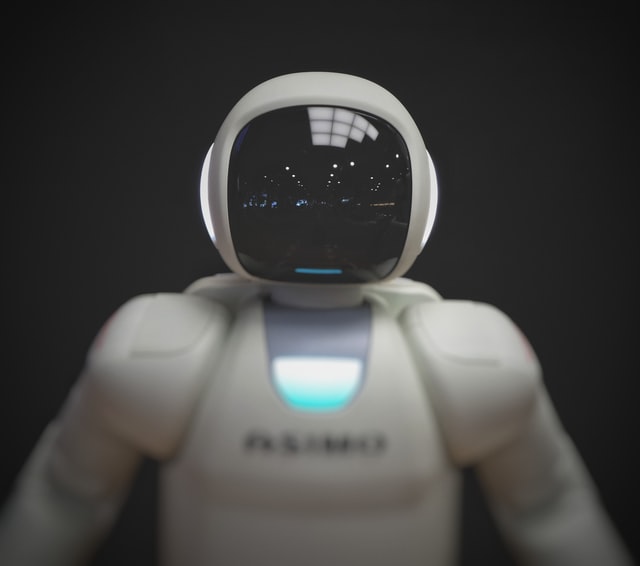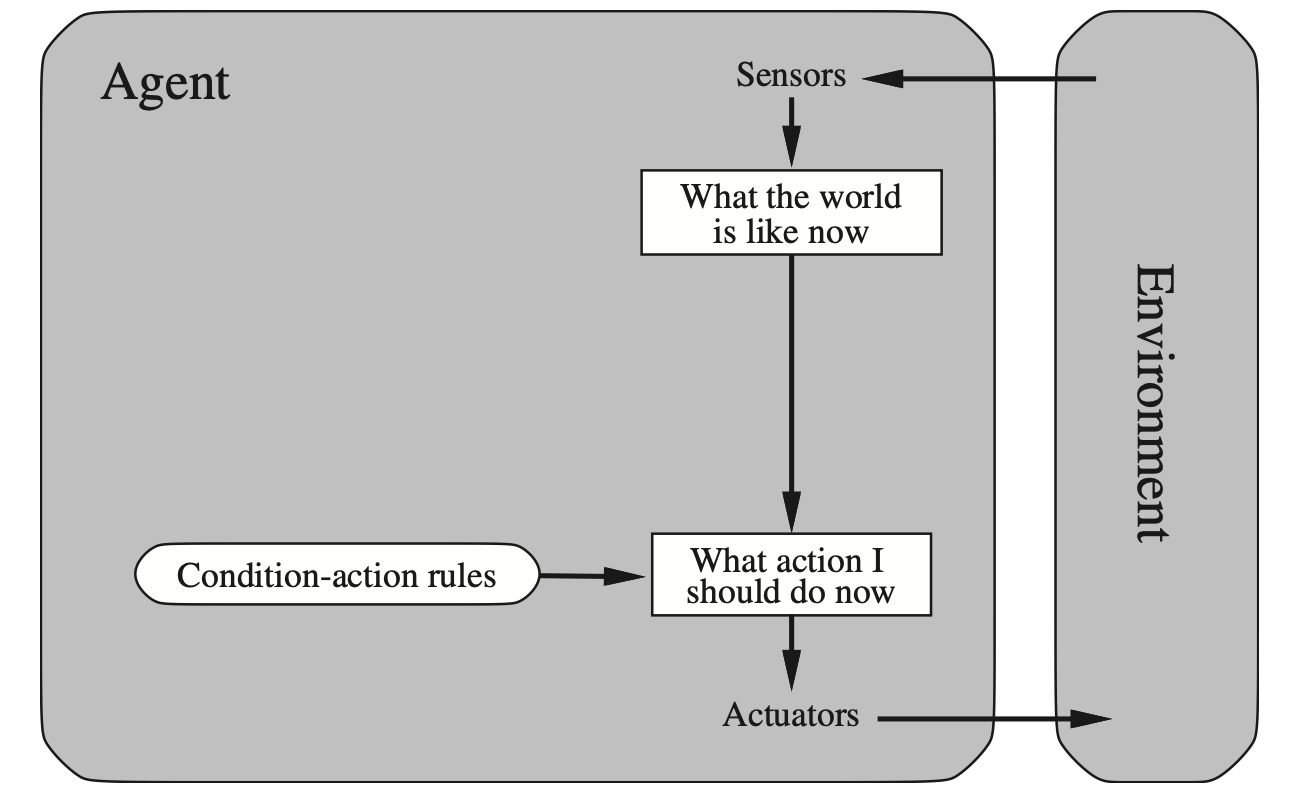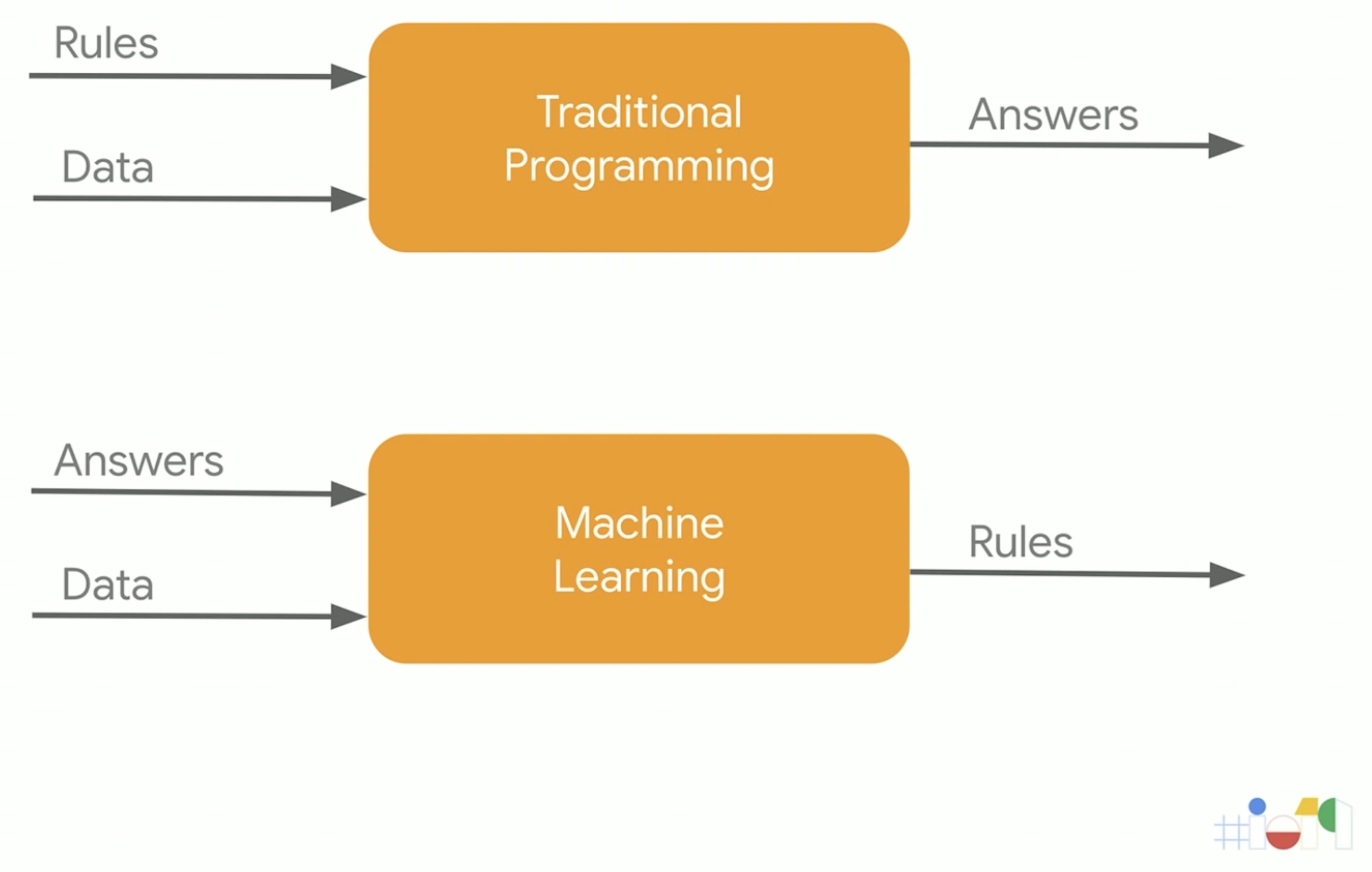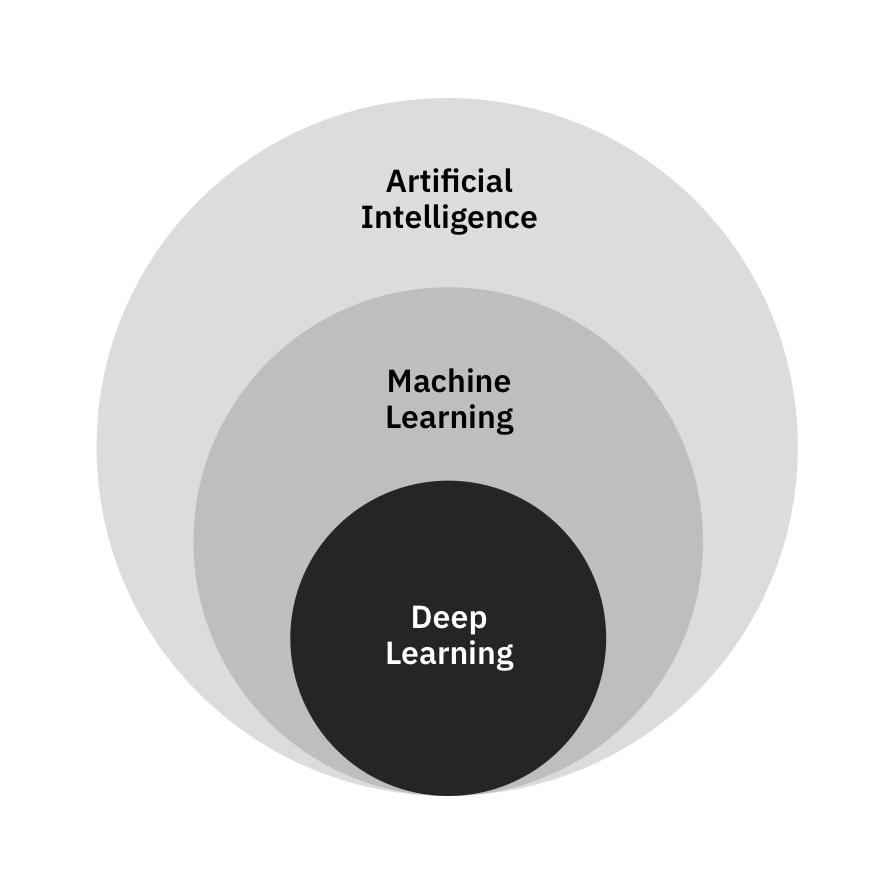Machine Learning 101

Introduction
The term Machine Learning (ML) has become very popular now. Most people use this term interchangeably with Artificial Intelligence, Deep Learning, Neural Networks, Data Science, or even Robotics. But there is a reason why we have such specific terms. The main goal of this blog is to make people aware of what exactly ML is, and to develop an intuition as to how ML works.
What is Artificial Intelligence?
In order to understand ML, we first need to get ourselves familiar with the term Artificial Intelligence (AI). In the 1950s, John McCarthy came up with the term Artificial Intelligence. Alan Turing, after solving the Nazi encryption machine Enigma, came up with a simple question that laid the foundation for today’s AI – Can Machines Think? In 1950, he published the paper Computing Machinery and Intelligence which introduced the widely popular Turing Test.

Artificial Intelligence is a branch of Computer Science that deals with developing algorithms to mimic human intelligence.
“Mimic” is the keyword here. There are multiple ways to mimic human intelligence. In the book Artificial Intelligence: A Modern Approach, the authors Stuart Russell and Peter Norvig introduce the theme of intelligent agents in machines, along with different types of AI agents, based on how they think and act – humanly or rationally.

Thinking and acting humanly is not always possible for an agent. It may not even lead to an optimal solution. Therefore, we also try to develop agents that think and act rationally. It chooses the best of all actions, based on logical reasoning. This can give way to developing agents that perform better than humans, leading to superintelligence.
Machine Learning
Machine Learning is the field of study that gives computers the ability to learn without being explicitly programmed.
– Arthur Samuel (1959)

In traditional programming, we give a set of rules to the AI agent along with some information or data. The agent uses its rational thinking capacity and comes up with a solution. In Machine Learning, we give both the data and the solution to an agent. The agent analyzes the data, developing a set of rules by looking at the given solutions.
During training phase, the AI model develops a mapping function that maps the given data and the solution. This mapping function becomes the set of rules that we would provide manually to the agent traditionally. Thus, the AI has learnt those rules without us humans explicitly mentioning the rules. This mapping function can then be used later during evaluation phase to come up with solutions for new problems of similar kind.
An important thing to notice here is that ML, although different from traditional programming, still follows the definition and goal of AI. Deep Learning (DL) mainly deals with Deep Neural Networks, which itself is a part of ML.

A Practical Example: Spam Filtering
In order to get an intuition behind all the theory discussed above, let us take the example of filtering out irrelevant emails and marking them as spam. The problem statement is fairly straightforward – given an email, classify it as spam or not spam. Let us see how this problem can be solved in different ways using AI and ML.
Approach 1: Traditional Artificial Intelligence
We take a collection of emails. We go through each email, and manually classify it as spam or not. If it is a spam, we note down why we think it is spam. It could be because of the following reasons (not restricted):
- Subject of the email contains offers like “50% off”.
- Address of the email irrelevant such as “abc@marketing.com”.
- It is a phishing email with words like “Congrats! You’ve won so-and-so”.
All these can be made into a set of rules, that we can later feed it to the agent. Now the agent can apply these set of rules (that we manually came up with) to new incoming emails and classify it as spam or not spam.
if subject_contains('50% off'):
mark_as_spam()
Do note that traditional AI programming deals with much more complicated algorithms involving logical reasoning concepts such as boolean algebra and first order logic.
Approach 2: Modern Machine Learning
We again take a collection of emails. We again go through each email, and manually classify it as spam or not spam. Now, all we have is a dataset of email with labels that tell whether the email is spam or not. We simply feed this to a Machine Learning model, and let the model come up with its own set of rules to correctly match the mappings of the given dataset.
How the ML model learns depends on what algorithm is chosen. For spam filtering, a popular algorithm to use is Naive Bayes. It works on conditional probability, specifically Bayes’ Theorem.
\[\Pr(A \mid B)=\frac{\Pr(B \mid A) \cdot \Pr(A)}{\Pr(B)}\]Naive Bayes model first looks at previous data, and estimates the probability of an email being spam, given the prior probability of occurrence of words. For example, the model might come up with a rule such as if the mail contains the phrase “Congrats!” and “50% off”, it will classify it as spam with a certain probability, say 0.8 or 80%. This depends on the prior probability that it calculated looking at previous data.
After training the model, we can use the model to classify new incoming emails.
Conclusion
From the above example, it is clear that traditional AI requires a human to come up with a set of rules that an agent would follow. In ML, we let the agent learn the set of rules from a given set of data, hence the name Machine Learning. Think of other examples where you can differentiate both the approaches clearly for a better understanding. If there are any clarifications, put them down in the comments.
Happy Learning!